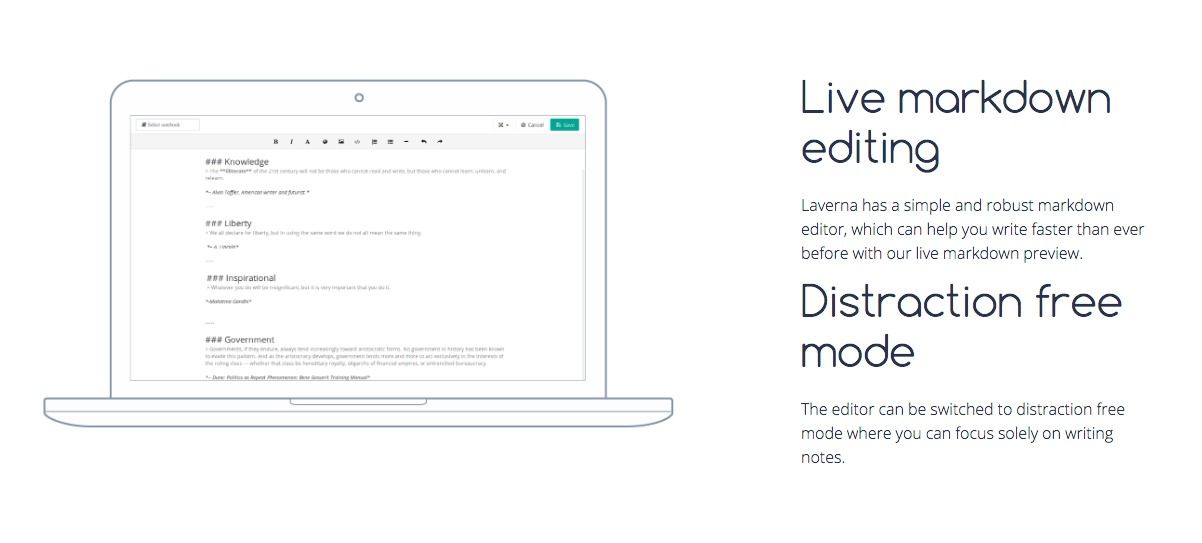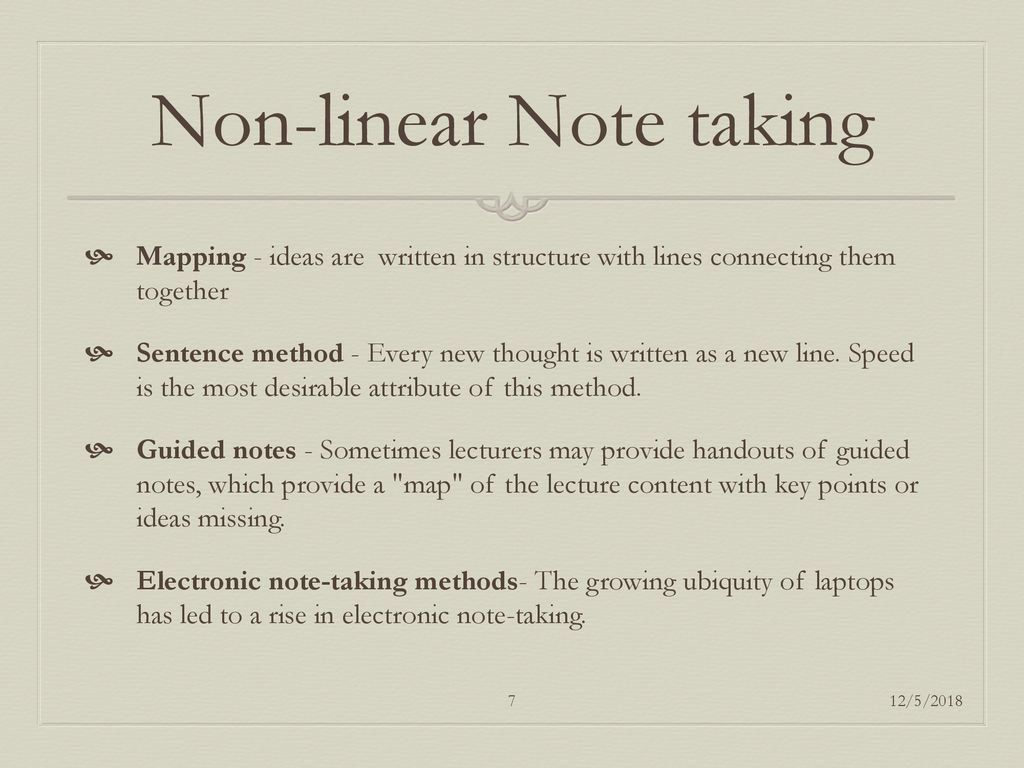

This amounts to converting a continuous variable into an ordered categorical variable such that our linear regression function is converted to Equation 2 Whereas polynomial functions impose a global non-linear relationship, step functions break the range of x into bins, and fit a different constant for each bin. Generally speaking, it is unusual to use d greater than 3 or 4 as the larger d becomes, the easier the function fit becomes overly flexible and oddly shapened…especially near the boundaries of the range of x values.Īn alternative to polynomial regression is step function regression. For example, Equation 1 represents a polynomial regression function where y is modeled as a function of x with d degrees. Polynomial regression is a form of regression in which the relationship between the independent variable x and the dependent variable y is modeled as an n degree polynomial of x. Typically, this is done by explicitly including polynomial parameters or step functions. We can extend linear models to capture non-linear relationships. However, linear models make a strong assumption about linearity, and this assumption is often a poor one, which can affect predictive accuracy.

In those tutorials we illustrated some of the advantages of linear models such as their ease and speed of computation and also the intuitive nature of interpreting their coefficients.

linear regression, logistic regression, regularized regression) have focused on linear models. 7, strata = "Sale_Price" ) ames_train <- training ( ames_split ) ames_test <- testing ( ames_split ) The basic idea # Use set.seed for reproducibility set.seed ( 123 ) ames_split <- initial_split ( AmesHousing :: make_ames (), prop =. # Create training (70%) and test (30%) sets for the AmesHousing::make_ames() data. Prerequisitesįor this tutorial we will use the following packages: This tutorial discusses multivariate adaptive regression splines (MARS), an algorithm that essentially creates a piecewise linear model which provides an intuitive stepping block into nonlinearity after grasping the concept of linear regression and other intrinsically linear models. Rather, these algorithms will search for, and discover, nonlinearities in the data that help maximize predictive accuracy. When using these models, the exact form of the nonlinearity does not need to be known explicitly or specified prior to model training. Alternatively, there are numerous algorithms that are inherently nonlinear. squared terms, interaction effects) however, to do so you must know the specific nature of the nonlinearity a priori. Many of these models can be adapted to nonlinear patterns in the data by manually adding model terms (i.e. linear regression, logistic regression, regularized regression) discussed algorithms that are intrinsically linear. ↩ Multivariate Adaptive Regression Splines


 0 kommentar(er)
0 kommentar(er)
